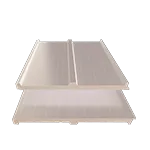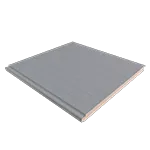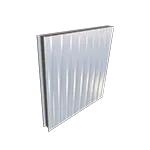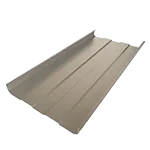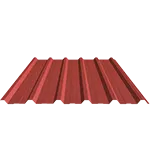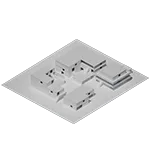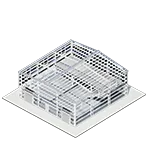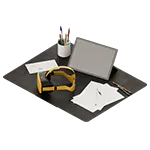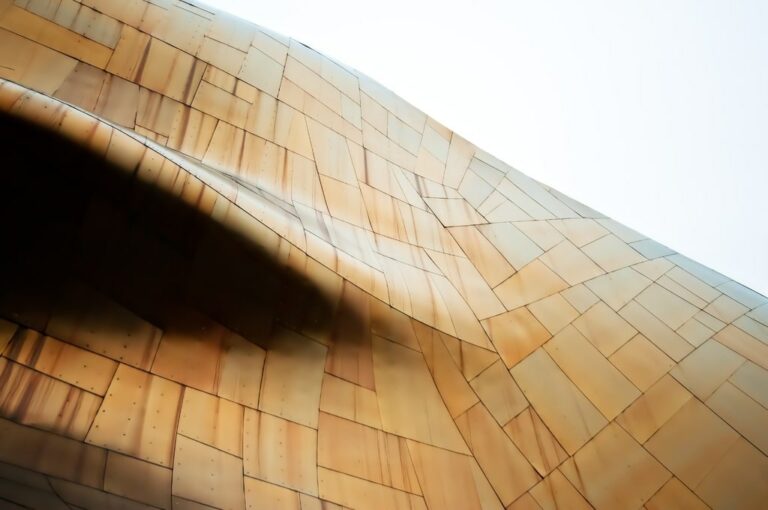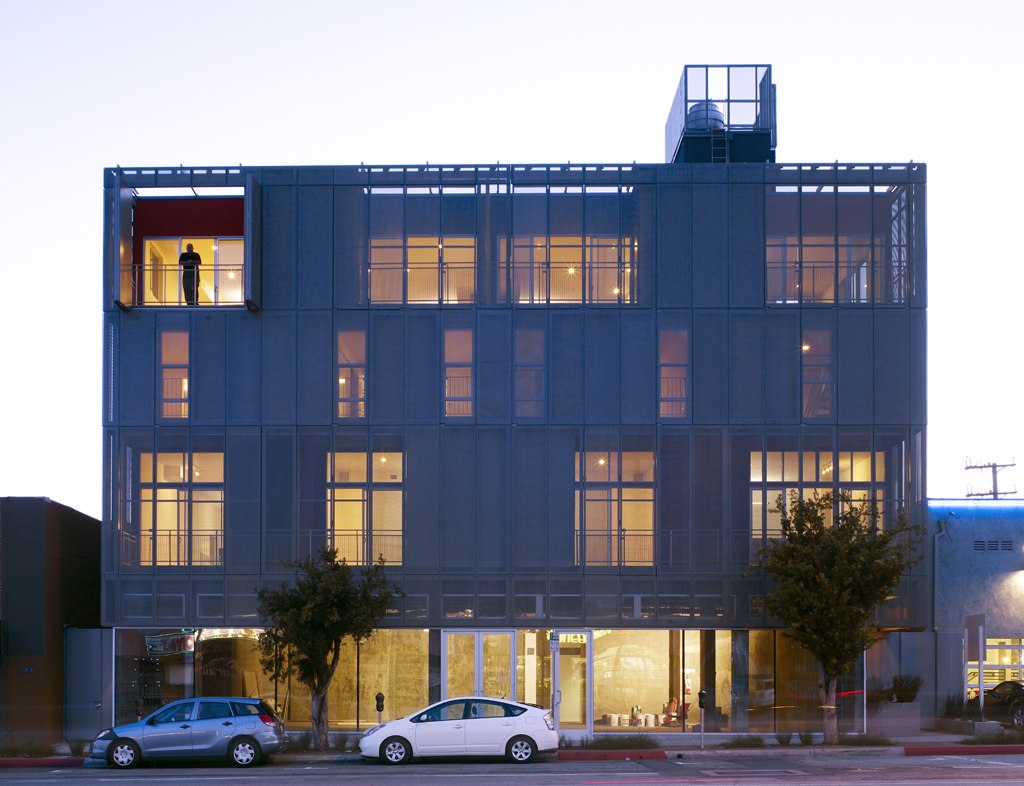The facade: Let’s talk this time about the “skin” of the building. What we see at first sight, its importance in the design and understanding of the building. When we talk about facades, the architect makes an exercise to reveal the intentionality and internal use of the building. To do so, they make use of the language that allows them to transmit with the different colors, shapes and textures of the materials. Through this “skin”, we can distinguish the period, construction trends, and even the architect’s particular characteristics. Insulated panels used for facades are a reflection of how a material that began as an industrial material for refrigeration, can now be seen in applications not only in manufacturing buildings, but also in commercial, office and even residential buildings. Let’s learn a little more about this important element in building construction.
It’s not just aesthetics
Many times we think that the facade of a building or a house is simply the front and there is nothing beyond it.
Did you know that the word facade comes from the italian term “facciata”, and it is defined as the exterior parameter or set of exterior faces of a building or dwelling? This term is used to refer to the front of a building or house.
The building facade is usually the only part of a building that is perceived from the outside, a characteristic that makes it something very important since it’s the element that expresses from the physical attributes to the very “soul” of the property.
Facades not only fulfill an aesthetic function, but must also be functional for construction since it acts as the first barrier against external climatic factors such as rain, snow, wind, sun, etc. For these reasons it is important to know how to choose a façade system that protects us and also helps us save energy.
Categorization of architectural facades
Knowing the importance of facades in buildings or houses we need to clarify the different types that exist:
Prefabricated Facade
These facades are manufactured in an industrialized way. The main advantages are the quick and easy installation, as well as lower costs.
This type of facades is used in factories and commercial buildings on which builders install prefab products such as insulated metal panels among other.
Traditional Facade
This type of facade is the one that includes traditional building materials such as brick, wood, ceramic, etc.
Light Facade
This is a type of facade that adheres to the structure of the building but is not part of it. It is important that the light façade is designed to withstand loads.
One of the advantages of light facades is the ease of installation and light they provide to the building.
Heavy facade.
This type of architectural facades is usually made up of construction elements of a reasonable weight. For a facade to be considered heavy, the weight must be greater than 100 kg per square meter.
With this in mind, which type of facade do you stay on? This is a question you’ll have to make for future projects, taking into account factors such as materials, installation ease, structure, and budget.
